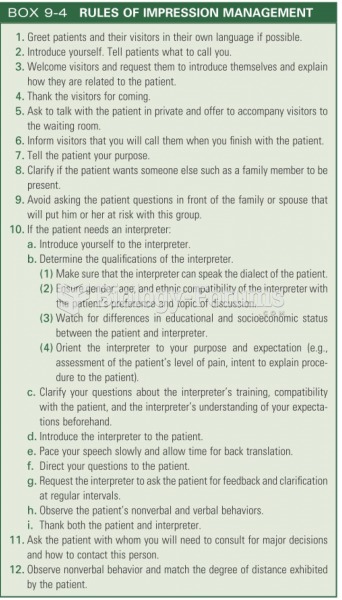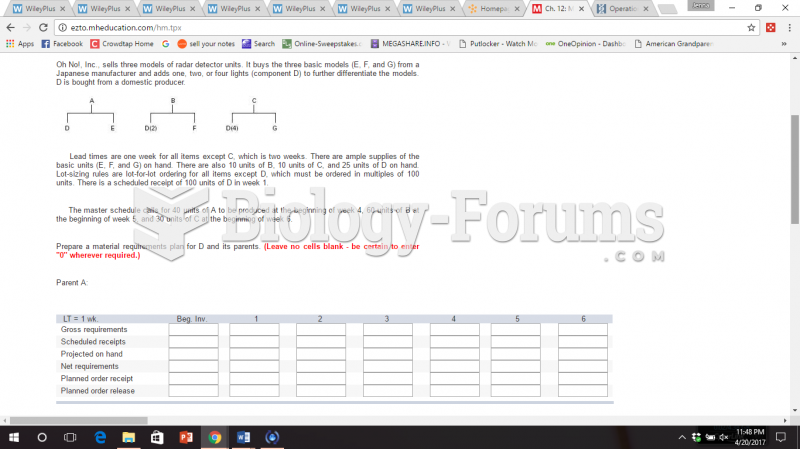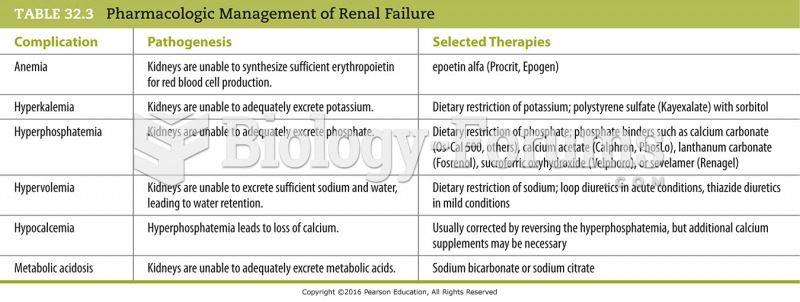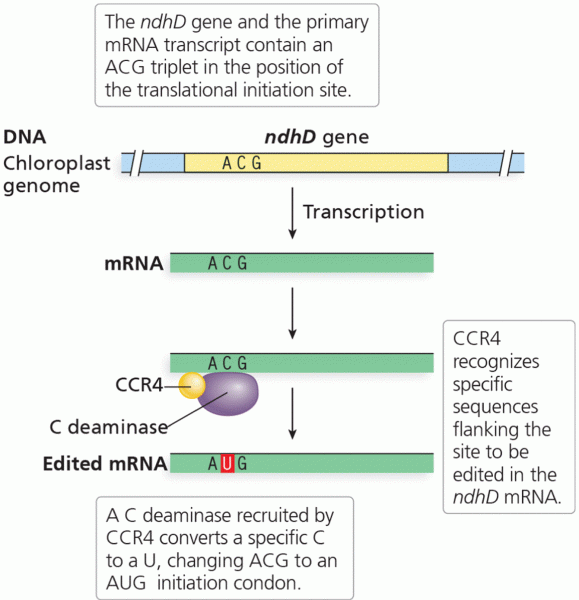|
|
|
This year, an estimated 1.4 million Americans will have a new or recurrent heart attack.
Medication errors are three times higher among children and infants than with adults.
The first documented use of surgical anesthesia in the United States was in Connecticut in 1844.
Pregnant women usually experience a heightened sense of smell beginning late in the first trimester. Some experts call this the body's way of protecting a pregnant woman from foods that are unsafe for the fetus.
Signs of depression include feeling sad most of the time for 2 weeks or longer; loss of interest in things normally enjoyed; lack of energy; sleep and appetite disturbances; weight changes; feelings of hopelessness, helplessness, or worthlessness; an inability to make decisions; and thoughts of death and suicide.







